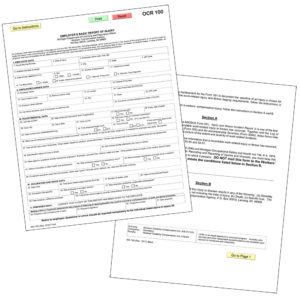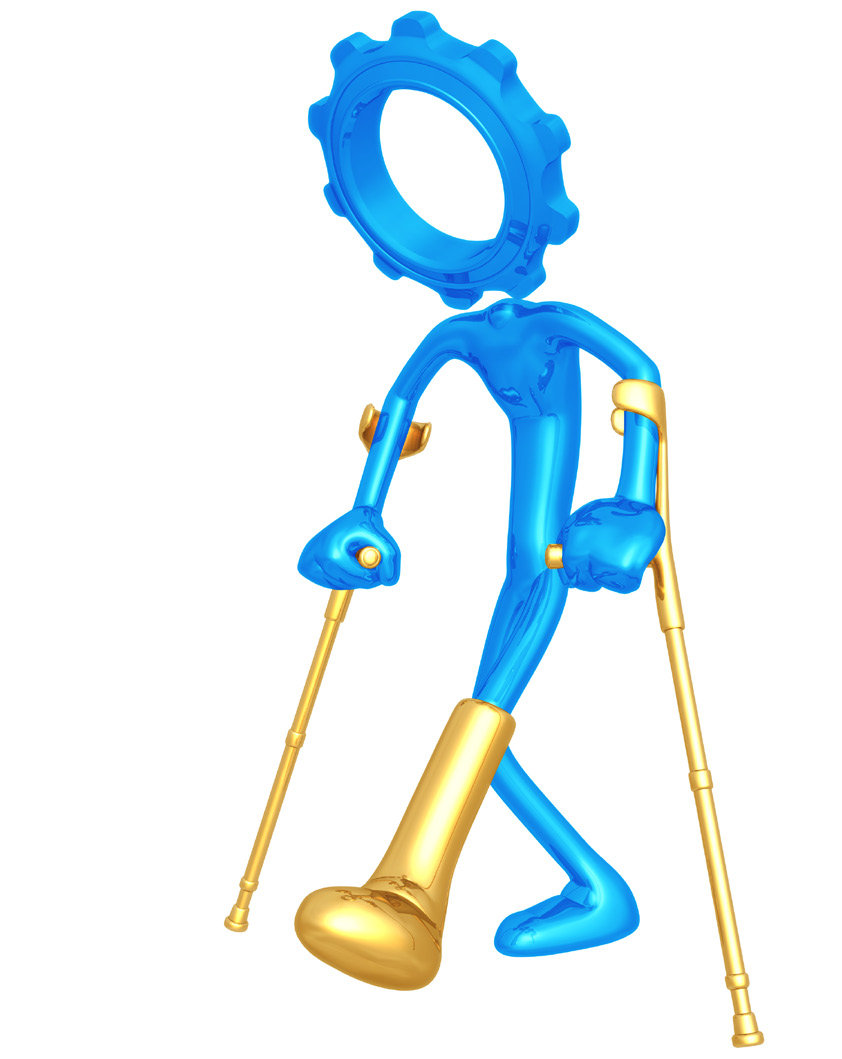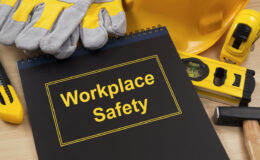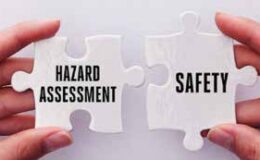By Donna Motley, Vice President of Claims
As your Workers’ Compensation carrier, we provide a service. Hopefully, part of that service is to make your job a little easier. In today’s world, everyone is busy. We can help take some tasks off your shoulders. After a work related injury, we can contact the doctor’s office or medical facility and provide the insurance and/or claim information. Any authorization to treat, refer for testing or to another physician, should be provided by our department pursuant to the Workers’ Compensation Act and Michigan Health Care Services Rules. We can contact the injured worker and relay necessary information; and answer the employee’s questions as to “how does this (the compensation process) work”?
In order for us to help “you”, we need you to help “us”. The first and best way to aid in the Workers’ Compensation process is to promptly report the injury to us. The second best way, is to make sure we have complete and detailed information. While I realize sometimes the Employer’s Basic Report of Injury (Form 100) has to be completed in haste, the more information provided, the least likely we are to call or e-mail you with questions or requests for additional information. Please realize, when detailing “how” an injury occurred, what may make perfect sense to you may raise additional questions in our minds. We are not necessarily familiar with your facility, the employee’s work duties, work process, the machines on site or how they operate.

For example: #36 & #37 of the Form 100 ask, “What was the employee doing just before the incident occurred?” And “How did the injury occur?” If one or both of those questions are answered: “Doing regular job duties” – that may make perfect sense to you, the employer, but it will create nothing but further questions in our minds. If we look at section #49 on the Form 100 – “Occupation” and the description is “Machine Operator”, we are still at a loss as to the job duties of the injured worker AND “how” the injury occurred.
A big question associated with any injury is “how” the injury occurred. If the Form 100 indicates the employee was “Making boxes”, we know what the employee was doing, but that does not explain “how” the injury occurred while making boxes.
Other examples include: Inspecting part – hit head Using a grinder – lacerated cheek Sweeping floor – hit head Packing parts – back pain Driving hi-lo – lacerated forehead Removing chips stuck to drill – contusion of head and arm Using foot pedal – pain in mid back and down leg Operating CNC Machine – scratched head Operating CNC Machine – sprained shoulder Working on machine – punctured hand Trimming parts – cut left foot The first question in each case cited above is “HOW” did this injury occur? How did the first part result in the second part? Were other factors at play? Hit their head – on “What”.
In cases of a “slip” or “trip” – the first question to be answered is “What” did they slip on or trip over? The next question to be answered is, did they fall? “How” did they land? “How” did the resulting injury occur as a result of said slip or trip? As an example: If the employee slipped on ice in the parking lot and landed on their knees – why are they alleging an injury to their shoulder?
If an employee was carrying tools and is alleging a wrist injury, “how” did the wrist become injured? What type and how many tools were they carrying? What was the total weight of the tools?
When describing an injury, did the employee feel something “pop”. Was there instant pain? Did pain come on gradually? Is the pain sharp or dull, constant or intermittent, radiating?
Was the employee bending, lifting, twisting, turning, pushing, pulling, lifting their arms above their heads, tossing something?
In most of the cases I supposed we could make an educated guess as to how these incidents occurred, more or less, fill in the blanks. But in this day and age of litigation, we look at every claim as having the potential to be litigated and in doing so, need as much detailed information as possible relating to the alleged incident/injury. The more information you, the employer and your employee, can provide, the better we can attempt to mitigate costs, secure proper medical treatment and effectuate a successful return to work for the employee. The more information provided with the initial filing of the Form 100 – the more likely we will not have to contact you for additional information thereby freeing up your time for other important matters.






